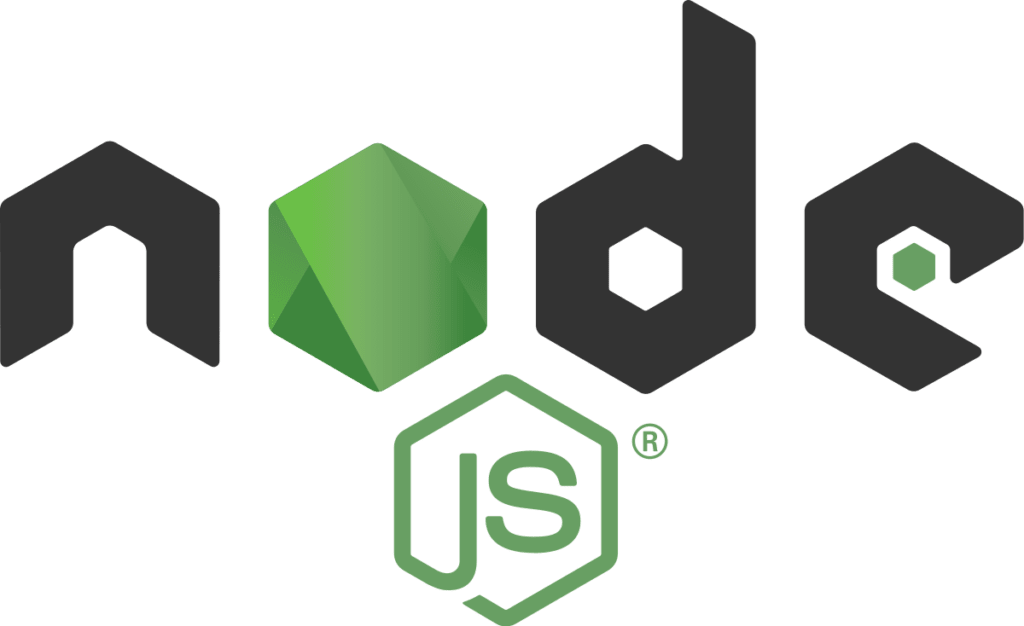Tag: NVM
Installing NVM on Linux (AlmaLinux) and Windows (Windows Server 2019)
Node Version Manager, also known as NVM, is used to control and manage multiple active versions of Node.js in one system. It is a command line utility and a bash script that allows programmers to shift between different versions of Node.js.
How to Deploy a Node.js Application to Production
If you use the internet, then the webpages you visit are likely using JavaScript. JavaScript is a versatile programming language that many website developers use to make their webpages more engaging. JavaScript is a preferred standard because it can operate in your browser and simplify the way your applications run online.
Installing Node.js on Windows Servers
Node.js is a Javascript runtime built with fast deployments in mind. Both the client and server-side of the application are Javascript. It provides an asynchronous approach to serving up content, providing for extremely responsive applications. Node.js is cross-platform and installable on Linux, macOS, and Windows. This tutorial covers the installation of Node.js on a Windows Server.
How to Install Node.js via NVM on Ubuntu 22.04
What is Node.js?

Node.js is an open-source javascript runtime environment. It is memory efficient and is intentionally asynchronous. It is deployable on multiple platforms, including Windows, Mac OS X, and Linux, and is suited for rapid development. It’s event-driven architecture make it highly scalable and useful for intensive data-driven applications.
How to Remove or Add a PPA in Ubuntu 22.04
What is a PPA?
A PPA (or Personal Package Archive) is a software repository provided by members of the Ubuntu Linux community. Software contained in a PPA can be downloaded and installed via apt, Ubuntu’s default package management system.
How to Install Node Version Manager on Ubuntu 16.04
The Node Version Manager (NVM) is a command-line utility used to manage and switch between multiple active versions of Node.js on a single system. Whether you’re an admin or a developer, being able to change the javascript runtime environment on your system simplifies testing applications across different versions.
Node Version Manager allows you to quickly install and manage node.js versions. It’s a bash script that has the capability to manage multiple active versions of node.js. It can be used to install node.js versions, execute commands with a specific node.js version, set the PATH variable to use a specific node.js version, and more. To learn more, visit the project’s Github page.
How to Install Node.js via NVM on Fedora 21
Node.js is a cross-platform runtime environment, configurable on Linux, OS X, and Microsoft Windows, and built on JavaScript. Applications, both server-side and networking, are also written in JavaScript. Node.js lends itself nicely to quick deploying, real-time web applications, and is generally thought of as extremely scalable due to its event-driven architecture.
How to Install Node.js via NVM on Fedora 20
Node.js is a cross-platform runtime environment, configurable on Linux, OS X, and Microsoft Windows, and built on JavaScript. Applications, both server-side and networking, are also written in JavaScript. Node.js lends itself nicely to quick deploying, real-time web applications, and is generally thought of as extremely scalable due to its event-driven architecture.
How to Install Node.js via NVM on CentOS 7
Node.js is a cross-platform runtime environment, configurable on Linux, OS X, and Microsoft Windows, and built on JavaScript. Applications, both server-side and networking, are also written in JavaScript. Node.js lends itself nicely to quick deploying, real-time web applications, and is generally thought of as extremely scalable due to its event-driven architecture.
Our Sales and Support teams are available 24 hours by phone or e-mail to assist.

